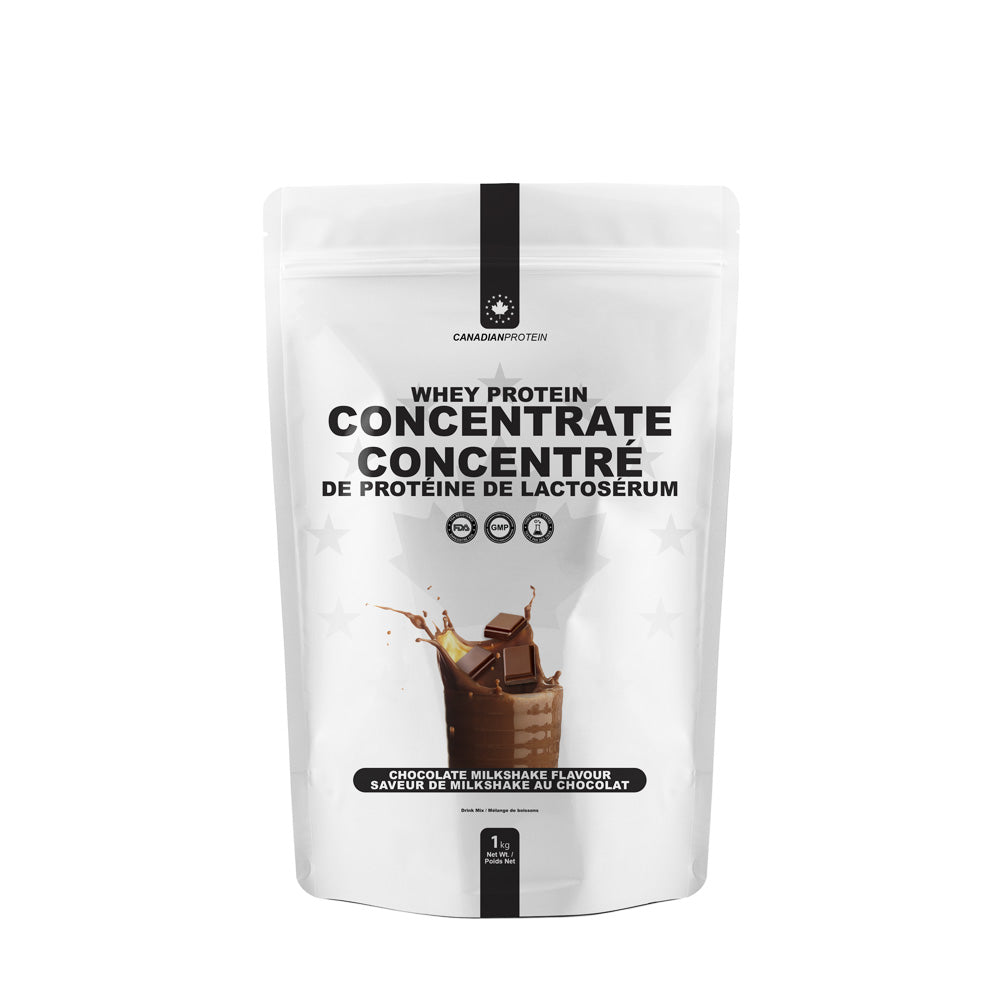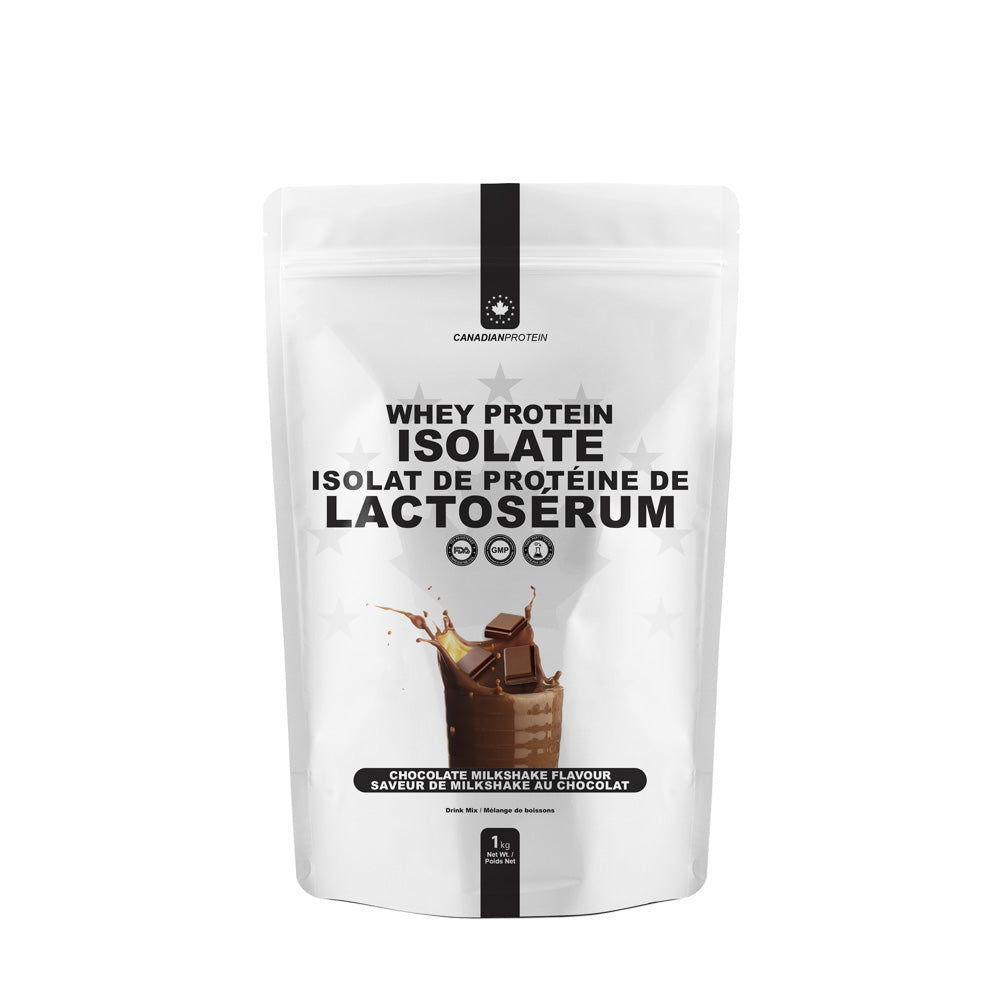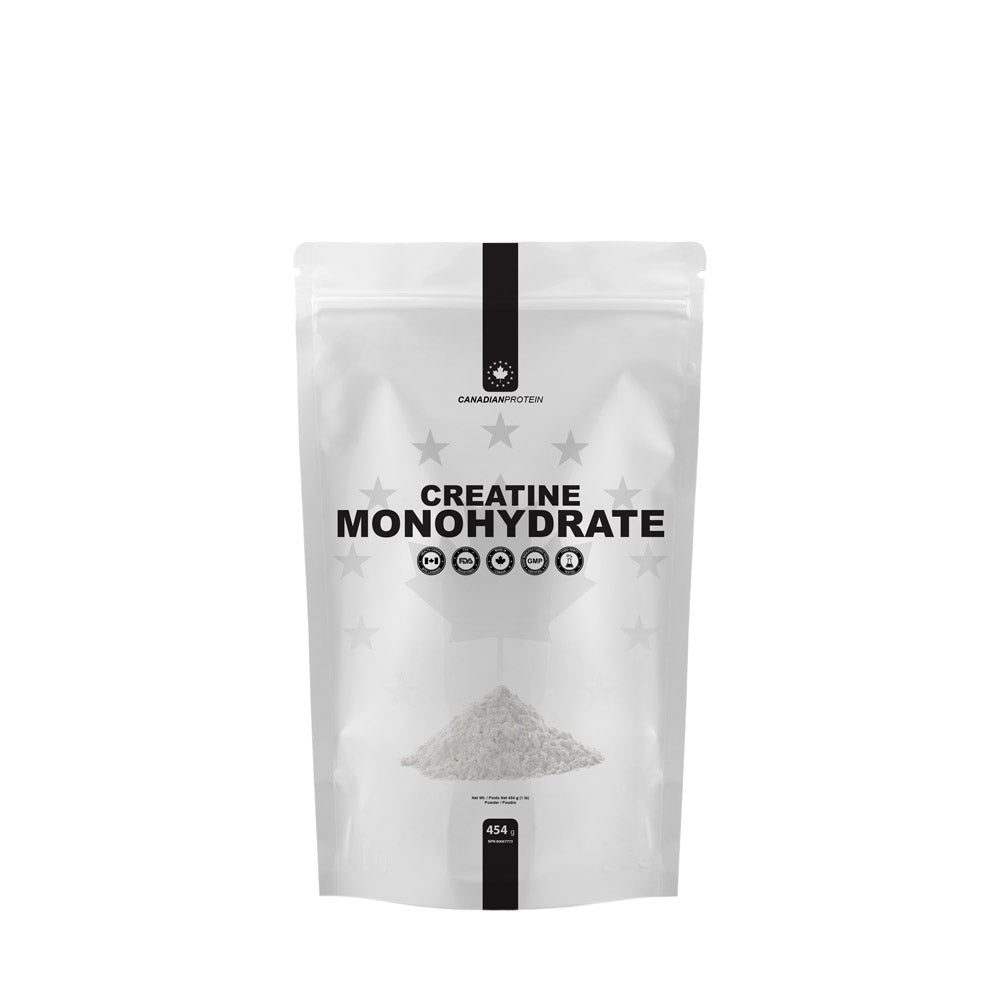As of this writing we are currently in late August, which means that, for most of us, although we are still enjoying pleasant summer weather, soon the leaves will begin to change colour before cascading ever gracefully to ground, the air will turn chilly, the nights will grow longer, and we will be met by much colder weather thanks to Fall, and then Winter. Whether you like the cooler weather or not, one great benefit associated with Fall and Winter that most bodybuilders and resistance trainers tend to focus on, is the fact that colder weather signifies the start of bulking season. Rather than flaunting your physique in the sunshine, and walking around in shorts and stringer vests, you will instead be wearing sweats and hoodies, so you can afford to gain a few pounds of fat, especially if you pack on serious quantities of muscle mass. With that being said however, bulking up is not always as straightforward or as black and white as people would have you believe, especially when you factor in so-called ‘bro-science’ into the equation. There are a lot of myths and lies associated with bulking up, some of which can serious hinder a person’s progress if they find themselves being suckered in by them. To ensure you don’t become a victim of bro-science, here’s a look at a few common myths associated with bulking up.
You can turn fat into muscle

This is one of the most common myths associated with bulking, and it is one of the reasons why so many people tend not to feel guilty when they dirty bulk, which is basically the art of eating huge quantities of high calorie foods, usually in the form of junk food, in an attempt to become as massive as you possibly can. In reality, despite what anybody will tell you, you cannot turn fat into muscle, as fat will always be fat, and muscle will always be muscle. The two are structurally very, very different to one another, so of course you can’t change one into the other. What you can do however, is LOSE the fat and REPLACE it with muscle, but if anybody tells you that you can turn fat into muscle, unfortunately they are very, very wrong.
You must train heavy when bulking
When bulking, most people will tell you that, in regards to your training, you should lift heavy weights and perform low reps in the range of 4 – 6 per working set. Whilst training heavy in this way is one way of building muscle and increasing strength, it is by far not the only way of building muscle, as different people respond to different training stimuli placed upon their muscles. In reality, if your bulk lasts, say, 4 – 6 months, if you are constantly training in this manner, after a few weeks/months, you will inevitability hit a plateau and will stop growing, in which case you will need to switch things up. The message to take home here is that whether bulking or cutting, in order to build muscle, you constantly have to keep the body guessing.
You should never do cardio when bulking
A lot of individuals are under the impression that cardio kills muscle when bulking, as they believe that the body will eat away at your muscles in order to find the energy required to get it through the exercise. In reality, cardio whilst bulking is not just okay, it is actually recommended, as cardio will help to keep your body fat percentages under control, plus it is very, very healthy and good for you, especially in regards to your cardiovascular system. Ideally aim to perform moderate intensity cardio around 2 – 3 times per week, and not only will you keep body fat levels under control, you will also feel better and be healthier as a result.
Your protein intakes don’t need to increase

Another common myth associated with bulking up is that protein intakes do not need to increase any more than when you were cutting or maintaining your weight. This however, is nonsense because the entire idea behind bulking up is that you build new muscle mass and become bigger. Protein is vital for muscle growth and recovery, so of course you should increase protein intakes, as otherwise how can you expect to grow. Ideally you should aim for around 1.5g – 2g or protein per pound of bodyweight when bulking, which, although may sound like a lot, when you factor in protein supplements, it really isn’t that tough to hit your daily macros at all.
Your weight gainer can contain all kinds of treats
If you’ve heard of Greg Valentino, who was featured on the documentary ‘the man whose arms exploded’ you may be familiar with the fact that he used to talk about how he used to consume “cake shakes” when bulking, which were basically weight gainer shakes, whole milk, ice cream, and various fresh cream cakes, all blended together into one enormous shake containing upwards of 2000 calories. Others have admitted to similar practices when bulking, when in reality, not only will that not help you, it will actually make you very fat, and very unwell. Forget about double cream, ice cream, cake, brownie, and other junk food treats, a healthy weight gainer should contain protein, a carbohydrate source, vitamins, minerals, amino acids, and healthy fats. You can purchase weight gainer supps yourself, or you can create your own using whey protein as a base.
You can eat whatever you like
Finally, taking what we touched upon previously in regards to the “cake shakes” the final myth associated with bulking that we’ll be looking at today, is that you can eat whatever you like when bulking, and as much of it as you like whilst bulking. Dirty bulking may sound appealing on paper, but if you are eating junk food every single day, you will grow tired of it, it will make you feel sluggish and unwell, plus it will make you fat. When bulking, more than 90% of your diet should be made up of fresh, healthy, and wholesome produce, including plenty of fresh fruits and vegetables. The good thing about bulking however, is that, at the end of the week, if you have been good with your diet and training, you can certainly enjoy the odd treat meal or two and not feel guilty about it, and not have it set back your progress either.













